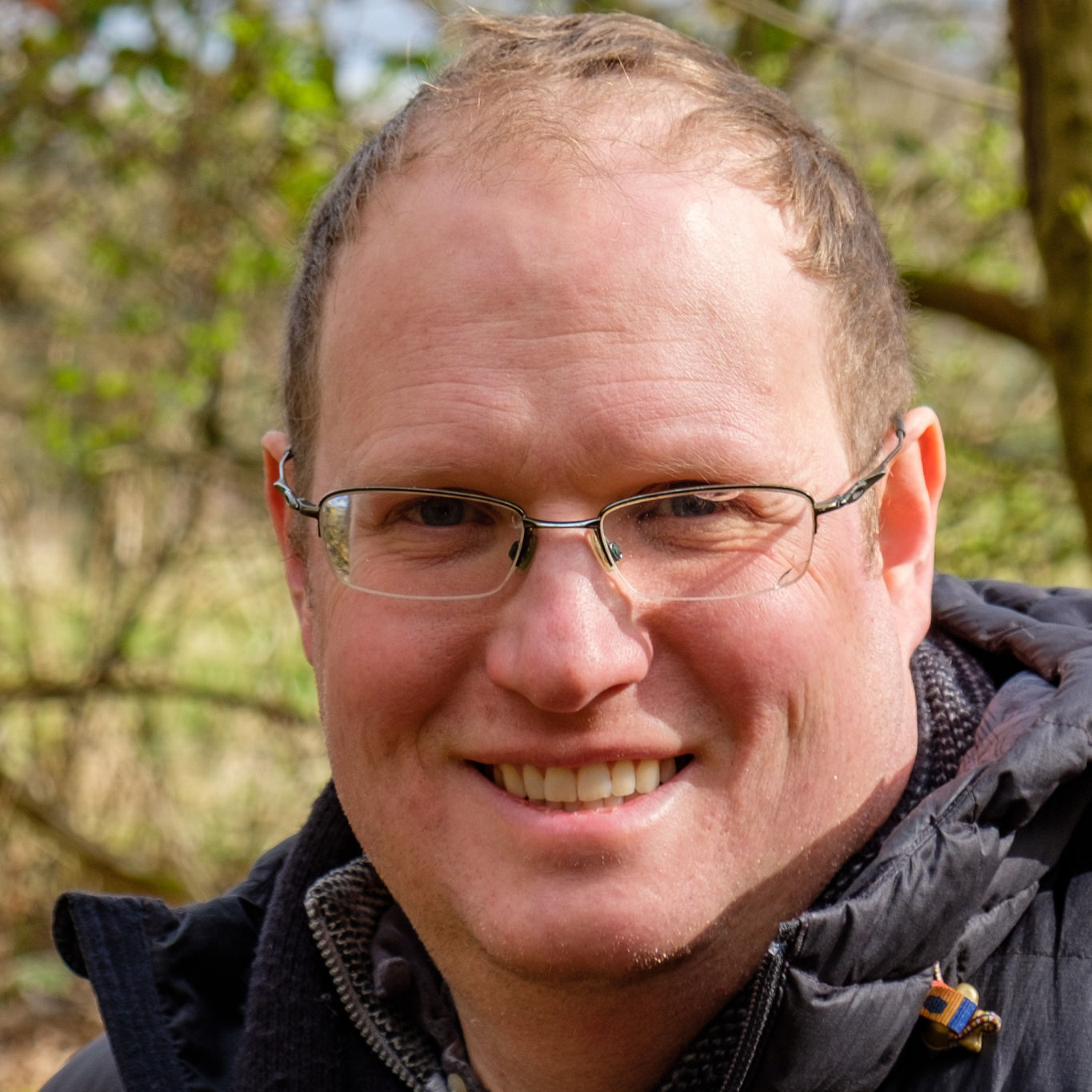Towards a unified threshold-based hydrological theory: necessary components and recurring challenges
Published in HYDROLOGICAL PROCESSES, 2013
Extrapolating the influence of local runoff generation processes to larger watershed scales has not always proven successful (Sivapalan, 2003; Kirchner, 2006; McDonnell et al., 2007). This has led to a call among hydrologists for research frameworks within which to pose questions, choose methodology, and shape interpretation and analysis of hydrological behaviour for advancing our understanding of watershed scale processes. In recent years, a shift towards focusing on catchment emergent properties and developing a unified hydrological theory (Sivapalan, 2005) as opposed to fine-scale process descriptions for individual catchments has occurred. One such emergent property is the hillslope- or catchment-scale threshold runoff response (e.g. Bonell, 1998; Weiler et al., 2005; Zehe et al., 2005; Lehmann et al., 2007), which is the critical point in time or space at which runoff behaviour rapidly changes (Phillips, 2006). In describing threshold driven systems, we have recognized that the simplicity of overall emergent catchment response is likely to be the result of interactions and feedbacks between processes that we do not fully understand. The use of thresholds as effective diagnostic tools of catchment behaviour has however been hindered by the fact that knowledge gained over different sites stand as disparate cases with no unifying theory to connect them. In this commentary, we build upon discussions from the AGU 2011 Fall Meeting session ‘Moving Towards a Unified Threshold-based Hydrological Theory’ to propose a new unifying hydrological research framework based on nonlinear threshold theory. It is not the goal of this commentary to summarize each of the presentations from the AGU session; rather, we discuss several of the central topics that emerged as the session progressed. These topics include: (1) defining a set of organizing principles for a threshold-based framework, (2) assessing the measurement-related hurdles we face on the road towards a threshold-based theory, and (3) encouraging both inductive and deductive methods to examine threshold behaviours in community-level experiments across sites.
Use Google Scholar for full citation
Recommended citation: Genevieve Ali, Claire Oswald, Christopher Spence, Erik Cammeraat, Kevin McGuire, Thomas Meixner, Sim Reaney, "Towards a unified threshold-based hydrological theory: necessary components and recurring challenges." HYDROLOGICAL PROCESSES, 2013.
